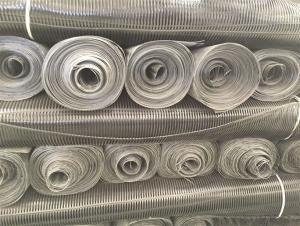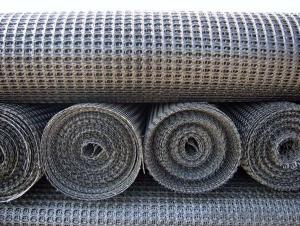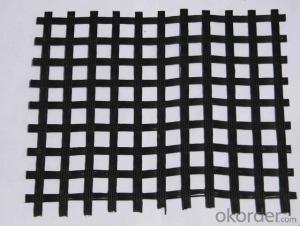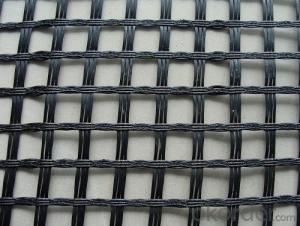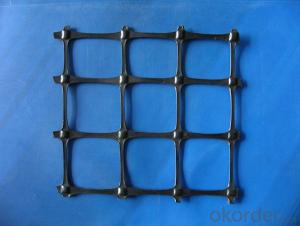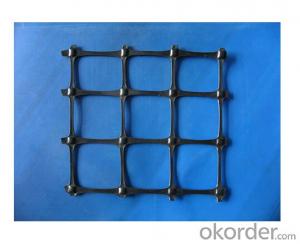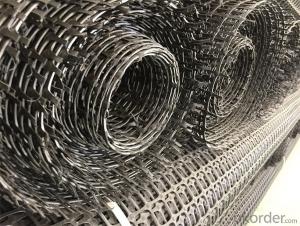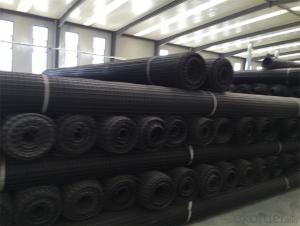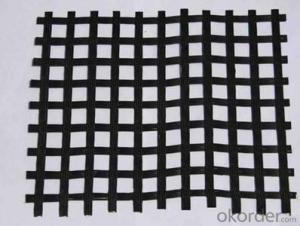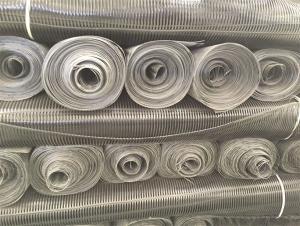Tensar Triaxial Geogrid
Tensar Triaxial Geogrid Related Searches
Geogrid Machine Geogrid Plastic Paver Plastic Geogrid Black Poly Geogrid Geogrid Landscape Fabric Geogrid Fabric Driveway Geogrid Cost Per Square Foot Geogrid Grass Driveway Geogrid Grass Geogrid RollHot Searches
Fiberglass Scaffolding For Sale Fiberglass Panels For Sale Fiberglass Greenhouses For Sale Geogrid Fabric For Sale Gas Powered Core Aerator For Sale Revolution 4 Propeller For Sale Alabaster Carving Stone For Sale Geogrid For Sale Near Me Tensar Geogrid For Sale Geogrid For Sale Ex Display Log Cabins For Sale Photoelectric Cells For Sale Athletic Lockers For Sale Cubicle Partitions For Sale Stearman Propeller For Sale Palram Greenhouses For Sale Gumbo Bowls For Sale Suzuki Propellers For Sale Freight Crates For Sale Outhouse Sheds For SaleTensar Triaxial Geogrid Supplier & Manufacturer from China
Okorder.com is a professional Tensar Triaxial Geogrid supplier & manufacturer, offers integrated one-stop services including real-time quoting and online cargo tracking. We are funded by CNBM Group, a Fortune 500 enterprise and the largest Tensar Triaxial Geogrid firm in China.Hot Products
FAQ
- Yes, geogrids can be used in the reinforcement of gabion walls. Geogrids are commonly used to provide additional stability and strength to structures, including gabion walls. By placing geogrids within the gabion structure, it helps to distribute the forces and enhance the overall stability of the wall, making it more resistant to external pressures and potential failure.
- Geogrids help in reducing the need for excavation and replacement of poor soils by providing reinforcement to the soil, increasing its load-bearing capacity. This reinforcement allows for the construction of structures on weak or unstable soil without the need for extensive excavation and replacement. Geogrids distribute the load more evenly, reducing soil movement and potential settlement, thus eliminating the need for costly and time-consuming excavation and replacement processes.
- Yes, geogrids can be used in coastal erosion control. Geogrids are often employed as a reinforcement material to stabilize soil and prevent erosion in coastal areas. They can be used to strengthen slopes, retain beach or dune materials, and provide stability to coastal structures like seawalls or revetments. Geogrids are designed to withstand the harsh coastal environment and can effectively reduce the impact of wave and tidal action on the shoreline, making them a valuable tool in coastal erosion control efforts.
- Dimensions of U shaped steel nails for geogrids
- The overlap length of geogrid shall not be less than 30CM
- Geogrids improve the performance of mechanically stabilized slopes in sandy soils by providing additional reinforcement and stability. They are typically made of high-strength polymer materials and are placed within the soil to distribute loads and increase the overall strength of the slope. The geogrids act as a barrier, preventing the movement of soil particles and reducing the risk of erosion. This reinforcement helps to maintain the integrity of the slope, preventing it from sliding or collapsing. Additionally, geogrids can enhance the overall lifespan of the slope by reducing the stress on the soil and mitigating the effects of settlement.
- Geogrids improve soil reinforcement by providing tensile strength and stability to the soil. They act as a reinforcement material, distributing the applied loads more evenly across the soil and preventing the soil from shifting or settling. This helps to enhance the overall stability and performance of the soil structure, making it more resistant to erosion, shear forces, and other types of geotechnical challenges.
- Yes, geogrids are generally resistant to aging. They are designed to withstand long-term exposure to environmental factors such as UV radiation, moisture, and temperature variations, making them durable and less prone to degradation over time.
- How much is the horizontal overlap length of the steel plastic geogrid
- It should be 20cm to 40cm, it's a little longer





